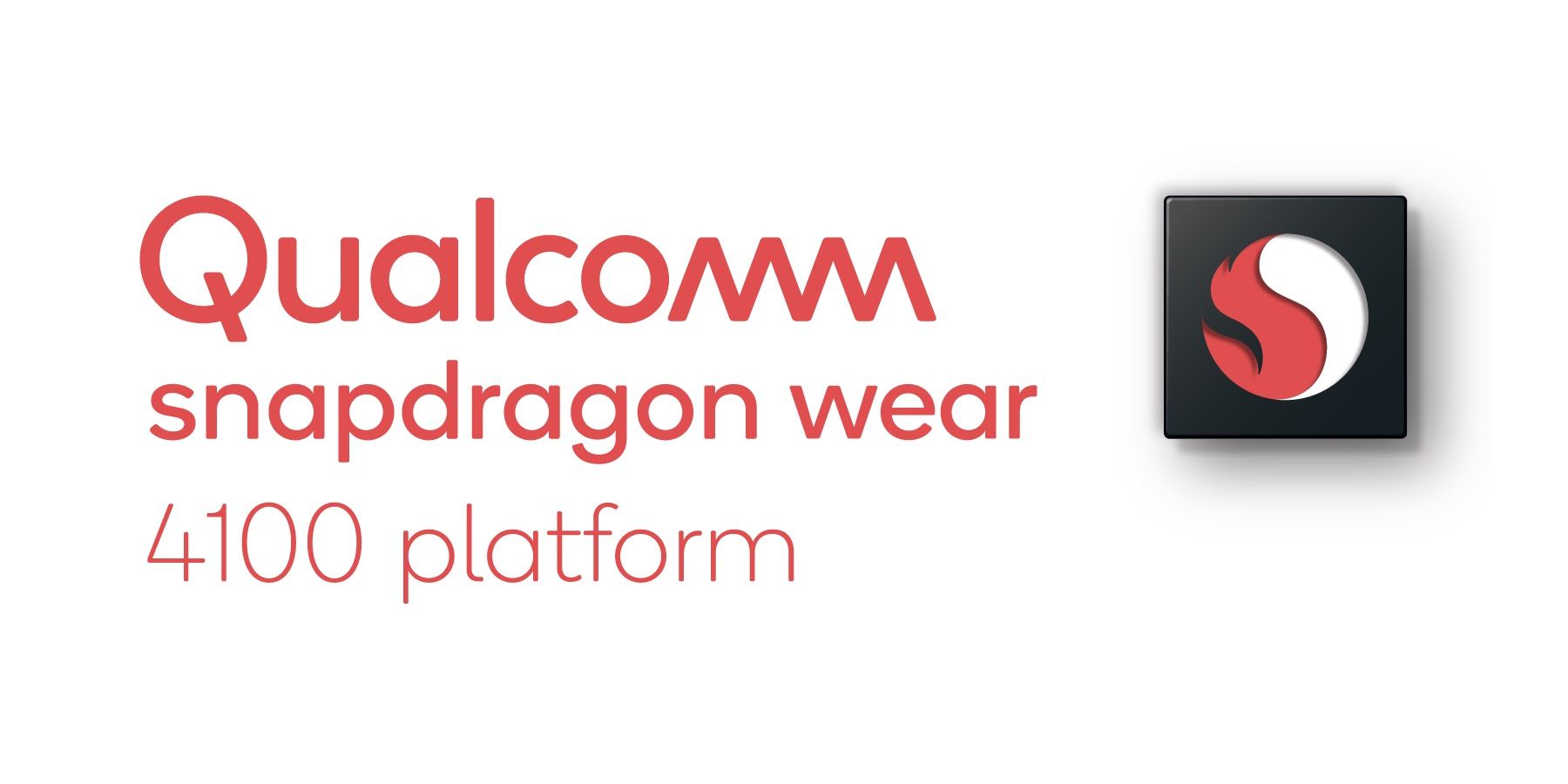Smartwatches powered by Google’s Wear OS are set to get a lot better in the future, thanks to the arrival of the Qualcomm Snapdragon Wear 4100 and 4100+ platforms. The latest iteration of Qualcomm’s innovative wearable chips boast a long list of improvements that could usher in a new age of next-generation wearables that are actually worth investing in. This is especially relevant at a time when companies are starting to consider the implementation of wearable technologies within the workplace.
With the exception of the Apple Watch, the smartphone market has lacked in terms of innovation and sales. However, Qualcomm’s latest wearable platforms hope to change that by introducing an array of improvements that are designed to make smartwatches more enticing to the average consumer. Smartwatches have come a long way from the early days when many might have considered the technology more of a hindrance than helpful. While the Snapdragon Wear 1100, introduced back in 2016, opened the door to more options, devices running these chips have routinely suffered from common issues, including in the battery and performance departments.
Of the two new chips, the 4100+ is the more premium, boasting a super-fast System-on-Chip (SoC) and a smarter Always On (AON) co-processor, according to Qualcomm. The suggestion being this makes the smartwatch experience drastically better with longer batter life, faster performance and more advanced capabilities. A smarter AON co-processor makes it more efficient at handling background processes, while maintaining a more crisp, vibrant display without sacrificing battery life. It’s also powered by a faster quad-core A53 processor, something that not currently found in today’s budget smartwatches. Qualcomm has now confirmed one of the first watches to boast either of the new chips will be the latest TicWatch Pro model.
How The Snapdragon Wear 4100 Compares

Compared to older Wear OS devices that utilize the Snapdragon Wear 3100, the latest iteration reportedly performs over 85 percent faster. In addition, the improved CPU and GPU are capable of supporting 16-megapixel cameras, suggesting improvements coming to photo capturing and video calling via smartwatches. Another noteworthy improvement over the 3100 is in the connectivity department, with the newer model benefiting from faster 4G LTE capabilities, including lower audio latency and power consumption through Bluetooth improvements.
The smarter AON co-processor and ultra-low power consumption optimizations also contribute to the general power reduction, which is said to be improved by over 25 percent. In theory, this could make it easier for wearers to use their device for longer, and especially when also using additional services, such as GPS and fitness tracking. Furthermore, the new platforms also come with a bevy of modes featuring voice assistant, voice messaging, offloaded maps, and an ambient mode that upgrades colors from 16 to 64,000, leading to a sharper display with better readability. Given the advancements that the Snapdragon Wear 4100 platforms are touting, it might not take that before a number of new and more powerful smartwatches running on Google’s smartwatch OS are announced.





